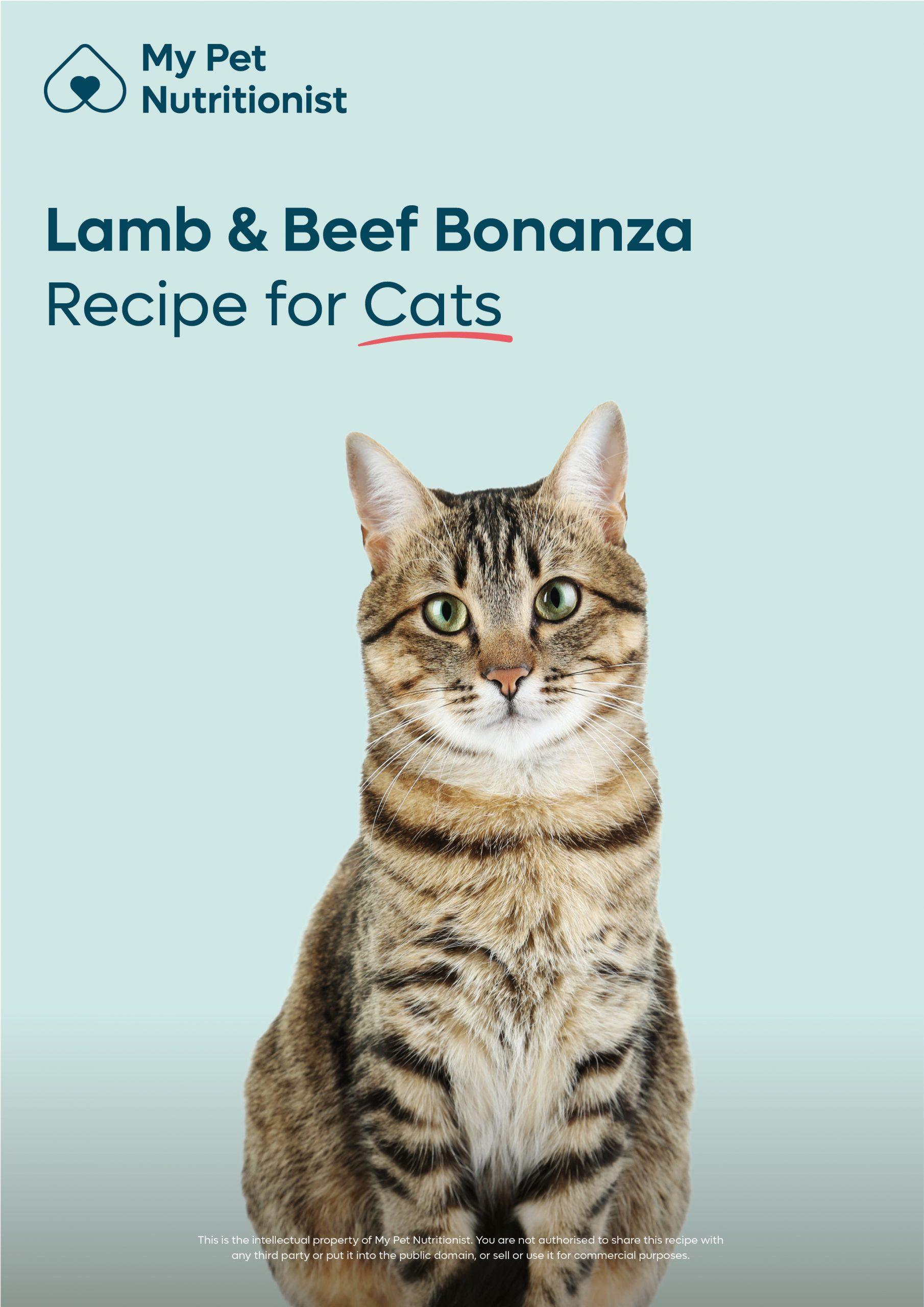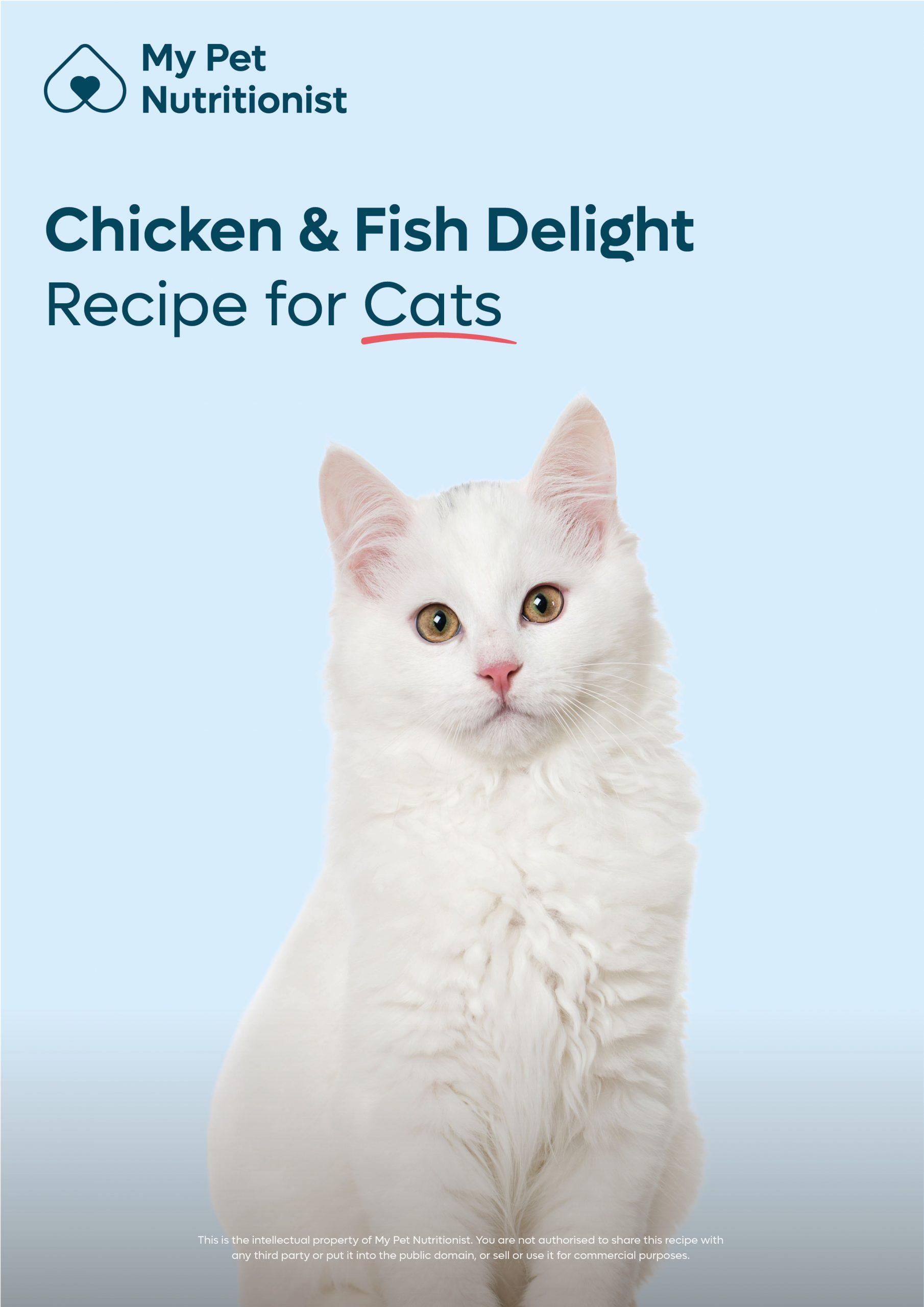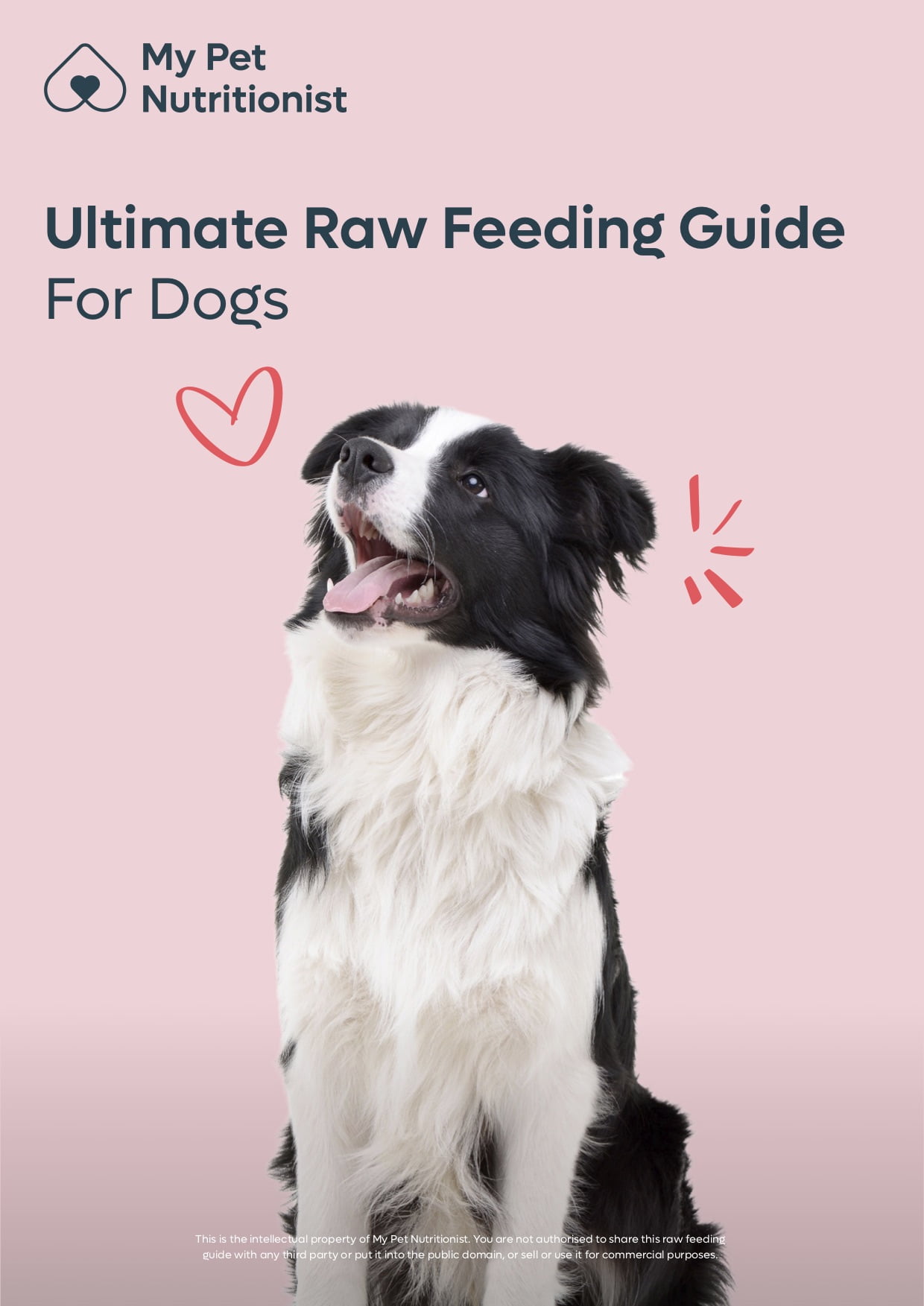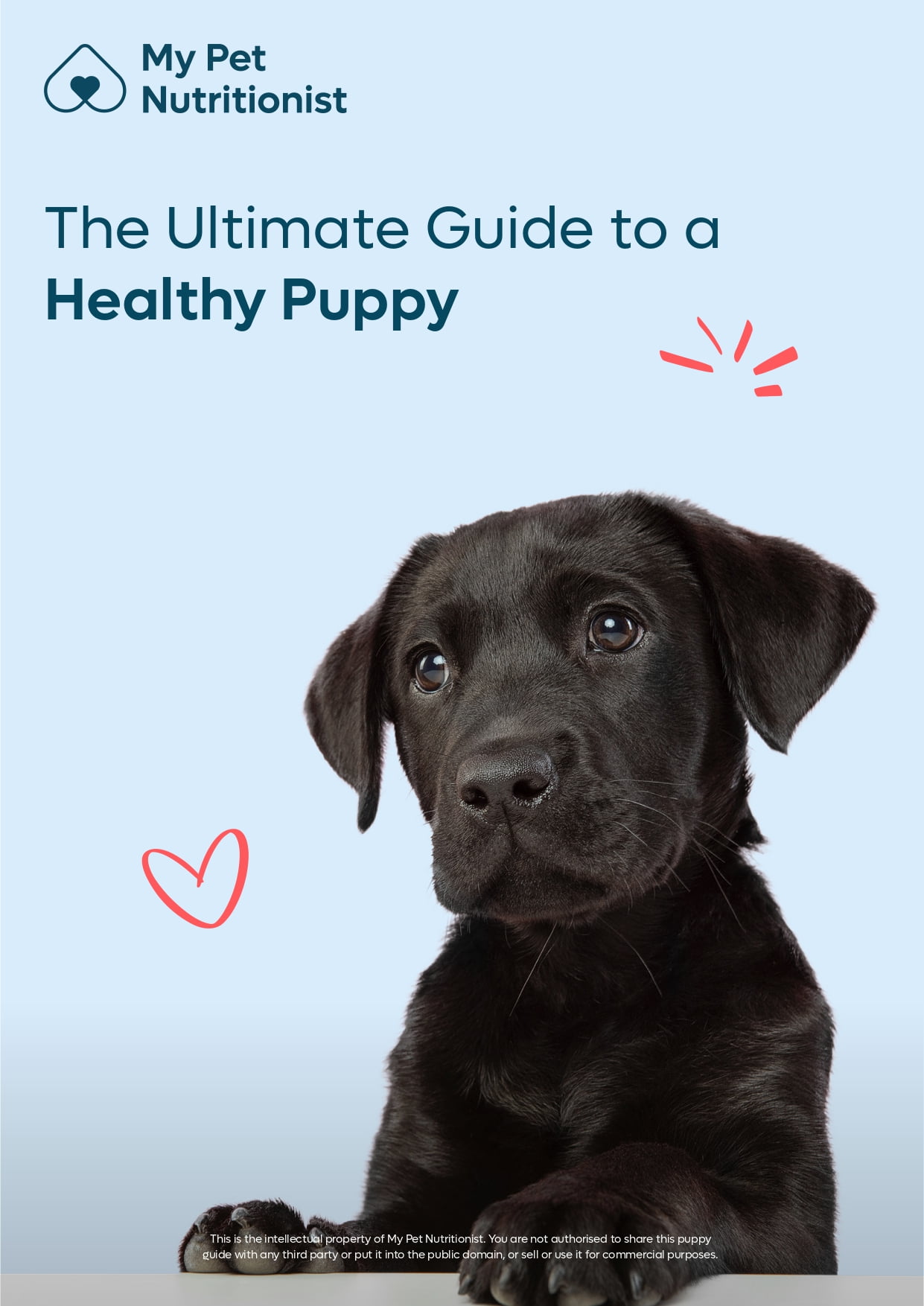-
£19.99

How to Help My Yeasty Dog
- October 26, 2023
- 10 mins 30 secs
Yeast is a problem we see very often here at My Pet Nutritionist. Owners often feel they have run out of options with regards to treating the yeast, so this guide has been made with the goal of helping you overcome yeast; you may just see something missing from your routine which could be the missing piece for success!
Candida makes up a small portion of a healthy gut microbiome, and is naturally found in the gut, and genital tract. While candida is a very normal part of a healthy gut, if the gut is not kept in tip top condition, it can cause problems.
In the healthy gut microbiome, there are good bacteria, and there are bad bacteria. The good bacteria keep the levels of bad bacteria in check, which means the bad bacteria aren’t able to wreak havoc!
When the gut is impaired the opportunistic fungal pathogen, candida will take hold, and grow. Now we have too much of the ‘bad guys’ and not enough of the good bacteria to fight it off, and so candida takes over! Once candida has taken over, and the gut is not healed, we start to see the typical yeast symptoms in our pets.
Malassezia often happens as a result of environmental allergies, as the skin barrier is damaged, allowing for the formation of yeast on the skin. Much like inside the gut, the skin has it’s own microbiome, in which the bad pathogens are kept in check by the good. When the good pathogens diminish, the bad ones are able to take over! This is something we see in a vast amount of customers who come to us with a dog with environmental allergies.
Symptoms include:
More Information on yeast can be found here.
Let’s take a look at how we can help our dogs battle Candida and Malassezia!
Why does diet matter for those suffering from yeast? Let’s take a look at the composition and manufacturing process of dry foods, first and foremost.
Findings Here
Gut healing: gut healing supplements are very important – in order to regain balance in the gut microbiome, we want the gut to be in a good, healthy, and strong state. Mucilage herbs are our friend here! Slippery Elm, Marshmallow Root and Deglycyrrhizinated Liquorice are all great for this purpose – and our Gut Guardian supplement includes all three!
Probiotics: probiotics are essential for yeast sufferers, as they help to rebalance the gut microbiome, by out competing the bad bacteria, which in turn will aid the recovery of the skin barrier. Once there are sufficient levels of good bacteria, the ratio of good to bad microbes in the microbiome is more even, helping take control of the Candida or Malassezia to bring it down to manageable levels.
When it comes to looking at probiotics, there are so many strains available! Studies show that some strains of Lactobacillus are best for battling yeast; specifically Lactobacillus rhamnosus, and Lactobacillus reuteri. Another strain of probiotic said to be good for combatting yeast, is a yeast-based probiotic called Saccharomyces boulardii. S. boulardii is antibiotic resistant due to the yeast based coating it has!
Findings Here
Turmeric: this pungent, yellow spice, often used in Indian cooking, as well as other cuisines, actually holds some fantastic health benefits for both us, and our pets! As well as joint support, turmeric is excellent as part of the battle against yeast as it is a natural anti-fungal. The active ingredient in turmeric is called Curcumin. This is the powerful anti fungal component just mentioned, and for the best results, you can even buy Liposomal Curcumin; the most bioavailable form!
A quick note regarding curcumin/turmeric: high/regular doses of turmeric can cause anticoagulation, so dogs on anticoagulant medication should not use this supplement. Any dog due surgery should be taken off the turmeric/curcumin prior to surgery, and not restart it until fully healed post surgery.
Neem Leaf is said to have antifungal effects against Candida, as well as some strains of Streptococcus. One study even suggests neem leaf has the highest rate of Canida inhibition, at an amazing 75%! It’s one powerful herb, and well worth trying out if your dog is struggling with yeast.
Findings Here
Findings Here
Kelp is shown to have some fantastic antioxidant properties, which help lower inflammation. Yeast absolutely thrives in an inflammatory environment so bringing this down by tackling free radicals and oxidisation is essential.
Findings Here
Pau D’Arco is a tree with bark known for it’s medicinal properties. It is a great anti-inflammatory, and has been known to treat some otherwise-untreatable cases of Candida as it can play a role in supporting microbial balance.
Findings Here
Oregano, the herb you may use yourself in a lot of Greek and Italian cooking, acts as a fantastic antioxidant, which helps regain a good microbial balance. As one of the compounds found in oregano, Quercetin, is a natural antihistamine, this herb may also help combat environmental allergies, and lead to a reduction in Malassezia as well as Candida. For use on the skin, a high quality Oil of Oregano may be beneficial.
Findings Here
Grapefruit Seed Extract (GSE) is a powerful anti-fungal, which makes it ideal for helping battle against Candida.
Findings Here
There are also some very important vitamins and minerals to supplement for, to help boost the skin barrier in order to fight Malassezia. Zinc plays a major role in the rebalance of the skin microbiome, as well as fat soluble vitamins A and E, and water soluble vitamin C.
As previously mentioned, environmental allergies can also cause Malassezia to form on the skin, so tackling these is also essential.
Contact us for help with allergies and intolerances if you feel this is an area you are struggling with!
Everything You Need to Know About Vaccinations
Facts on the Leptospirosis Vaccine
Due to the ingredients, and potential for gut damage, it’s incredibly important to follow the manufacturer’s instructions, and not administer any vaccines to a dog suffering with yeast (or any dog not in complete health) as the toxins could worsen the issue.
Switching to natural products for pest prevention may be ideal for your yeasty pet! We have a fantastic blog about natural flea and worm prevention, which you can read here!
Many veterinarians are beginning to treat some infections, including fungal infections, with probiotics with the goal of out competing the bad microbes, bringing a level of balance back. This is something to discuss with your vet moving forward!
Findings Here
Findings Here
It’s important to keep your pet as calm and pain free as possible, to reduce the risk of stress adding to your pet’s yeast problem. You may find adding magnesium to your pet’s diet helps keep them calmer, and generally less stressed.
Findings Here
Epsom salt paw soaks can be very useful for drawing toxins from the paws, and remineralising the skin. This can soothe the saw paw pads and toes, and help combat the yeast symptoms. You may find any rusty colour in the area dissipates too!
If your pet’s yeast infection is showing externally, or they have been diagnosed with Malassezia, a naturally anti-fungal product such as Colloidal Silver may be beneficial.
Another external product which may be handy to help combat yeast from the outside, is Apple Cider Vinegar – the content of Acetic Acid being the active ingredient. Acetic Acid has an inhibitory effect on yeast cells.
Findings Here
Try to avoid using medicated shampoos – these are used before surgery for a reason; they strip the skin barrier completely to make it a sterile area. Unfortunately, these shampoos are often prescribed for skin problems like yeast, though using them could cause further skin problems due to the skin barrier being stripped of all microbes, both good and bad. There are products we can use instead though! There is a fantastic spot-on product called Allerderm, which can be used to help boost the skin barrier. If you are needing to shampoo the pet, Ingenious Probiotics offer a fantastic probiotic shampoo called Provilan LUCAA+ which is perfect for repopulating the skin’s microbiome, as well as a variety of area-specific sprays.
The most important herb for liver detox, however, is Milk Thistle. This may just be your best friend! The active ingredient in Milk Thistle, Silymarin, helps flush toxins from the liver.
Other herbs which can help support a healthy liver include ginger, dandelion, turmeric, garlic (in the correct amount, and not for young puppies, or Japanese breeds), liquorice, ginseng and rosemary (not for seizure dogs) among others.
Findings Here
We really hope this blog has helped you seek the changes to your dogs diet and lifestyle required to battle their yeast problem. It is certainly a lengthy process in many cases, but being ultimately yeast free is so worth the hard work to get there! Of course, as with any health condition, if you find you are still struggling despite dietary and lifestyle changes in your pets, and feel you could require some more tailored 1-2-1 advise, please don’t hesitate to book in for a consultation with one of our team.
Team MPN x
What Is Yeast?
Yeast, as we commonly call it, comes in two forms – Candida; a fungal pathogen, and Malassezia; a skin based hydrophobic yeast.Candida makes up a small portion of a healthy gut microbiome, and is naturally found in the gut, and genital tract. While candida is a very normal part of a healthy gut, if the gut is not kept in tip top condition, it can cause problems.
In the healthy gut microbiome, there are good bacteria, and there are bad bacteria. The good bacteria keep the levels of bad bacteria in check, which means the bad bacteria aren’t able to wreak havoc!
When the gut is impaired the opportunistic fungal pathogen, candida will take hold, and grow. Now we have too much of the ‘bad guys’ and not enough of the good bacteria to fight it off, and so candida takes over! Once candida has taken over, and the gut is not healed, we start to see the typical yeast symptoms in our pets.
Malassezia often happens as a result of environmental allergies, as the skin barrier is damaged, allowing for the formation of yeast on the skin. Much like inside the gut, the skin has it’s own microbiome, in which the bad pathogens are kept in check by the good. When the good pathogens diminish, the bad ones are able to take over! This is something we see in a vast amount of customers who come to us with a dog with environmental allergies.
Symptoms include:
- Rusty colour, mainly between toes and paw pads, ears, under the tail, and around the groin and armpit areas. It can occur in other places too, but these moister areas are prime location for it!
- Repetitive paw licking
- Licking under the tail area
- Ear scratching and head shaking
- Excessively rubbing face and body on walls and furniture
- Hair loss
- An unmistakable odour; much like a damp, cheesy smell, or popcorn-like smell
- Sometimes discharge is apparent in yeast cases
More Information on yeast can be found here.
Let’s take a look at how we can help our dogs battle Candida and Malassezia!
Battling Yeast
When dealing with yeast, there are many contributing lifestyle and nutrition factors, which may need to be tweaked a little, or added to combat the pathogens, and repair both the gut barrier, and the skin barrier.Diet
As always, here at My Pet Nutritionist, we are very fresh food forward. Feeding a dog with yeast is no different – one of the main steps to battling yeast, is cutting out dry food as much as possible. A fresh, balanced diet would be your best option whether it’s raw, or homecooked using one of our balanced recipes.Why does diet matter for those suffering from yeast? Let’s take a look at the composition and manufacturing process of dry foods, first and foremost.
- Kibble is high in carbohydrates: generally speaking, most kibbles are between a whopping 30 and 70% carbohydrates! Carbohydrates are sugars – a fantastic food source for yeast! The canine body struggles to digest carbohydrates often found dry foods, which causes gut inflammation.
- Kibble is ultra processed: excessive processing causes the food to become inflammatory. When the gut becomes inflamed, damage occurs, which leaves the microbiome vulnerable, and causes imbalances as the bad microbes out compete the good microbes.
- Advanced Glycation End Products (AGEs) are produced during high heat manufacturing and extrusion of dry foods. AGEs not only speed up the ageing process, but they have many other health disadvantages too, one being that they expand the life of yeast. We need to cut out products which produce AGEs when we are battling yeast!
Findings Here
Why can fresh feeding help combat yeast?
- You can tweak the diet to ensure there’s no starchy carbohydrates. Less ‘food’ for the yeast!
- It’s much easier on the gut, as it’s highly digestible! This means less gut damage and less inflammation.
- There’s no high temperatures or vigorous processing involved, meaning no AGEs form!
What do we need to include in a fresh diet for yeast sufferers?
Our recipes for cooked foods are already balanced for you! However if you are raw feeding, you will want to feed 80% muscle meat, 10% bone, 10% secreting offal (half liver, half other secreting offal, preferably!) with the addition of omega 3 sources like raw eggs, fish oils and oily fish, and algal oils. Some vegetables may be suitable to be added to the diet of a yeasty beastie, but we need to be very selective, and very careful which ones we pick! High fibre, low starch veggies are ideal, if tolerated – it’s wise to start off by giving a miniscule amount of plant matter, and gradually building up to 10% plant matter. Some options are broccoli, kale, and cabbage. Try to avoid starchy carbohydrate plants such as sweet potato, carrot and squash.Supplements
There are so many supplements on the market these days – it can feel quite daunting selecting the most suitable ones for your pet. Some are better than others when it comes to battling yeast.Gut healing: gut healing supplements are very important – in order to regain balance in the gut microbiome, we want the gut to be in a good, healthy, and strong state. Mucilage herbs are our friend here! Slippery Elm, Marshmallow Root and Deglycyrrhizinated Liquorice are all great for this purpose – and our Gut Guardian supplement includes all three!
Probiotics: probiotics are essential for yeast sufferers, as they help to rebalance the gut microbiome, by out competing the bad bacteria, which in turn will aid the recovery of the skin barrier. Once there are sufficient levels of good bacteria, the ratio of good to bad microbes in the microbiome is more even, helping take control of the Candida or Malassezia to bring it down to manageable levels.
When it comes to looking at probiotics, there are so many strains available! Studies show that some strains of Lactobacillus are best for battling yeast; specifically Lactobacillus rhamnosus, and Lactobacillus reuteri. Another strain of probiotic said to be good for combatting yeast, is a yeast-based probiotic called Saccharomyces boulardii. S. boulardii is antibiotic resistant due to the yeast based coating it has!
Findings Here
Turmeric: this pungent, yellow spice, often used in Indian cooking, as well as other cuisines, actually holds some fantastic health benefits for both us, and our pets! As well as joint support, turmeric is excellent as part of the battle against yeast as it is a natural anti-fungal. The active ingredient in turmeric is called Curcumin. This is the powerful anti fungal component just mentioned, and for the best results, you can even buy Liposomal Curcumin; the most bioavailable form!
A quick note regarding curcumin/turmeric: high/regular doses of turmeric can cause anticoagulation, so dogs on anticoagulant medication should not use this supplement. Any dog due surgery should be taken off the turmeric/curcumin prior to surgery, and not restart it until fully healed post surgery.
Neem Leaf is said to have antifungal effects against Candida, as well as some strains of Streptococcus. One study even suggests neem leaf has the highest rate of Canida inhibition, at an amazing 75%! It’s one powerful herb, and well worth trying out if your dog is struggling with yeast.
Findings Here
Findings Here
Kelp is shown to have some fantastic antioxidant properties, which help lower inflammation. Yeast absolutely thrives in an inflammatory environment so bringing this down by tackling free radicals and oxidisation is essential.
Findings Here
Pau D’Arco is a tree with bark known for it’s medicinal properties. It is a great anti-inflammatory, and has been known to treat some otherwise-untreatable cases of Candida as it can play a role in supporting microbial balance.
Findings Here
Oregano, the herb you may use yourself in a lot of Greek and Italian cooking, acts as a fantastic antioxidant, which helps regain a good microbial balance. As one of the compounds found in oregano, Quercetin, is a natural antihistamine, this herb may also help combat environmental allergies, and lead to a reduction in Malassezia as well as Candida. For use on the skin, a high quality Oil of Oregano may be beneficial.
Findings Here
Grapefruit Seed Extract (GSE) is a powerful anti-fungal, which makes it ideal for helping battle against Candida.
Findings Here
There are also some very important vitamins and minerals to supplement for, to help boost the skin barrier in order to fight Malassezia. Zinc plays a major role in the rebalance of the skin microbiome, as well as fat soluble vitamins A and E, and water soluble vitamin C.
Allergies and Intolerances
Allergies and intolerances are often a trigger for yeast due to their effect on the immune system. Due to the immune system damage caused by allergies and intolerances, the gut microbiome is left vulnerable and unbalanced as candida grows.It’s important to remember that 70-80% of the immune system is located in the gut!Allergies and intolerances also cause inflammation and itching. The inflammation caused during an allergy flare also contribute to poor gut health, which in turn promotes yeast growth.
As previously mentioned, environmental allergies can also cause Malassezia to form on the skin, so tackling these is also essential.
Contact us for help with allergies and intolerances if you feel this is an area you are struggling with!
Vaccines
When a dog is vaccinated, some gut damage can occur. Research shows the DHP vaccine can last the lifetime of a dog – for more in depth information on vaccines, please read the two blogs linked below:Everything You Need to Know About Vaccinations
Facts on the Leptospirosis Vaccine
Due to the ingredients, and potential for gut damage, it’s incredibly important to follow the manufacturer’s instructions, and not administer any vaccines to a dog suffering with yeast (or any dog not in complete health) as the toxins could worsen the issue.
Flea and Worm Medication
Flea and Worm medication, especially internal/chewable products, have great potential to cause gut damage. These powerful pesticides aim to target intestinal parasites, but in the meantime can also damage the gut. The gut damage leaves the microbiome vulnerable to excess Candida growth.Switching to natural products for pest prevention may be ideal for your yeasty pet! We have a fantastic blog about natural flea and worm prevention, which you can read here!
Antibiotic Medication
Unfortunately, while antibiotics are needed for some illnesses in our pets (and us), they are regularly over prescribed as an ‘in case’ – this however, has a huge impact on the gut microbiome, and leaves it vulnerable to over-population of candida. Antibiotics are prescribed for infection, because they destroy bacteria, however – and that’s a big however – not only do they destroy bad bacteria, they also destroy any good bacteria in it’s path! Antibiotics do not specifically target bad bacteria – so the microbiome is very much damaged, allowing for opportunistic fungal pathogens like Candida to take over.Many veterinarians are beginning to treat some infections, including fungal infections, with probiotics with the goal of out competing the bad microbes, bringing a level of balance back. This is something to discuss with your vet moving forward!
Findings Here
Findings Here
Stress
Stress plays a role in changes to the gut microbiota. Unfortunately, these changes are not positive ones! Stress causes inflammation in the gut, and reduces the good gut microbes, leaving the microbiome open to an increase in Candida.It’s important to keep your pet as calm and pain free as possible, to reduce the risk of stress adding to your pet’s yeast problem. You may find adding magnesium to your pet’s diet helps keep them calmer, and generally less stressed.
Findings Here
External Products
As an addition to the aforementioned lifestyle and dietary changes, you can add external products to help battle yeast, and sooth the areas from the outside.Epsom salt paw soaks can be very useful for drawing toxins from the paws, and remineralising the skin. This can soothe the saw paw pads and toes, and help combat the yeast symptoms. You may find any rusty colour in the area dissipates too!
If your pet’s yeast infection is showing externally, or they have been diagnosed with Malassezia, a naturally anti-fungal product such as Colloidal Silver may be beneficial.
Another external product which may be handy to help combat yeast from the outside, is Apple Cider Vinegar – the content of Acetic Acid being the active ingredient. Acetic Acid has an inhibitory effect on yeast cells.
Findings Here
Try to avoid using medicated shampoos – these are used before surgery for a reason; they strip the skin barrier completely to make it a sterile area. Unfortunately, these shampoos are often prescribed for skin problems like yeast, though using them could cause further skin problems due to the skin barrier being stripped of all microbes, both good and bad. There are products we can use instead though! There is a fantastic spot-on product called Allerderm, which can be used to help boost the skin barrier. If you are needing to shampoo the pet, Ingenious Probiotics offer a fantastic probiotic shampoo called Provilan LUCAA+ which is perfect for repopulating the skin’s microbiome, as well as a variety of area-specific sprays.
Supporting the Liver
The final point we would like to discuss, is supporting the liver. This may seem like an odd organ to support, when we are dealing with predominantly a gut and skin issue, but it is with good reason! Yeast produces Gliotoxin – a toxin which can harm the liver! As this can be a very stressful time for the liver, we need to take care of it as much as possible by detoxifying. There are various natural herbs which have liver supporting properties, as well as Bentonite Clay.The most important herb for liver detox, however, is Milk Thistle. This may just be your best friend! The active ingredient in Milk Thistle, Silymarin, helps flush toxins from the liver.
Other herbs which can help support a healthy liver include ginger, dandelion, turmeric, garlic (in the correct amount, and not for young puppies, or Japanese breeds), liquorice, ginseng and rosemary (not for seizure dogs) among others.
Findings Here
We really hope this blog has helped you seek the changes to your dogs diet and lifestyle required to battle their yeast problem. It is certainly a lengthy process in many cases, but being ultimately yeast free is so worth the hard work to get there! Of course, as with any health condition, if you find you are still struggling despite dietary and lifestyle changes in your pets, and feel you could require some more tailored 1-2-1 advise, please don’t hesitate to book in for a consultation with one of our team.
Team MPN x
Customer Reviews
Explore related products
Related articles
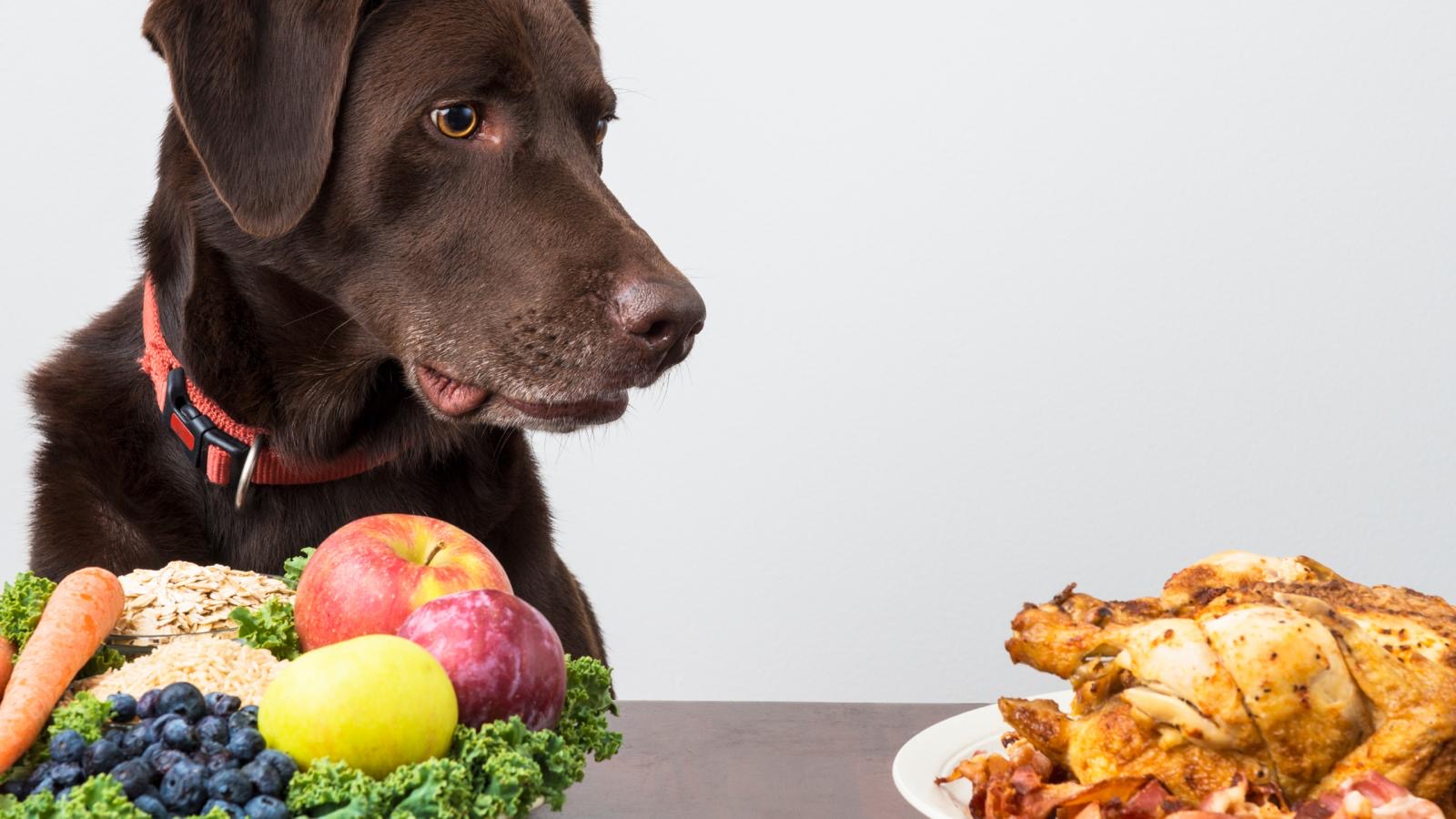
AllergiesDietary NeedsDisease ManagementGut HealthItching & AllergiesLiver HealthSkin HealthVaccines
How To Strengthen My Dog’s Immune System
Dec 07 2023
•
9 mins 15 secs
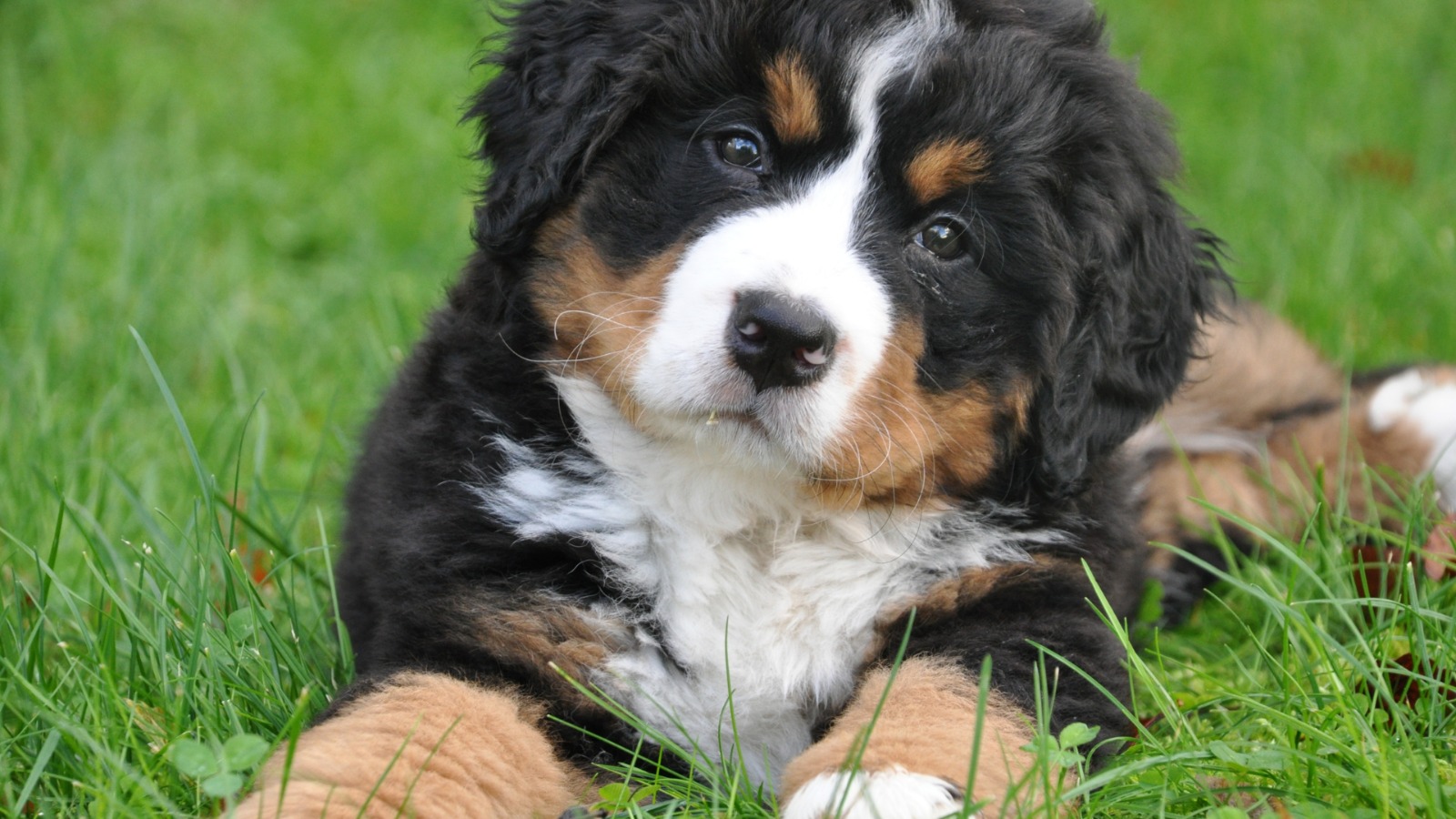
AllergiesDietary NeedsDisease ManagementGut HealthItching & AllergiesLiver HealthSkin HealthVaccines
How to Help My Yeasty Dog
Oct 26 2023
•
10 mins 30 secs
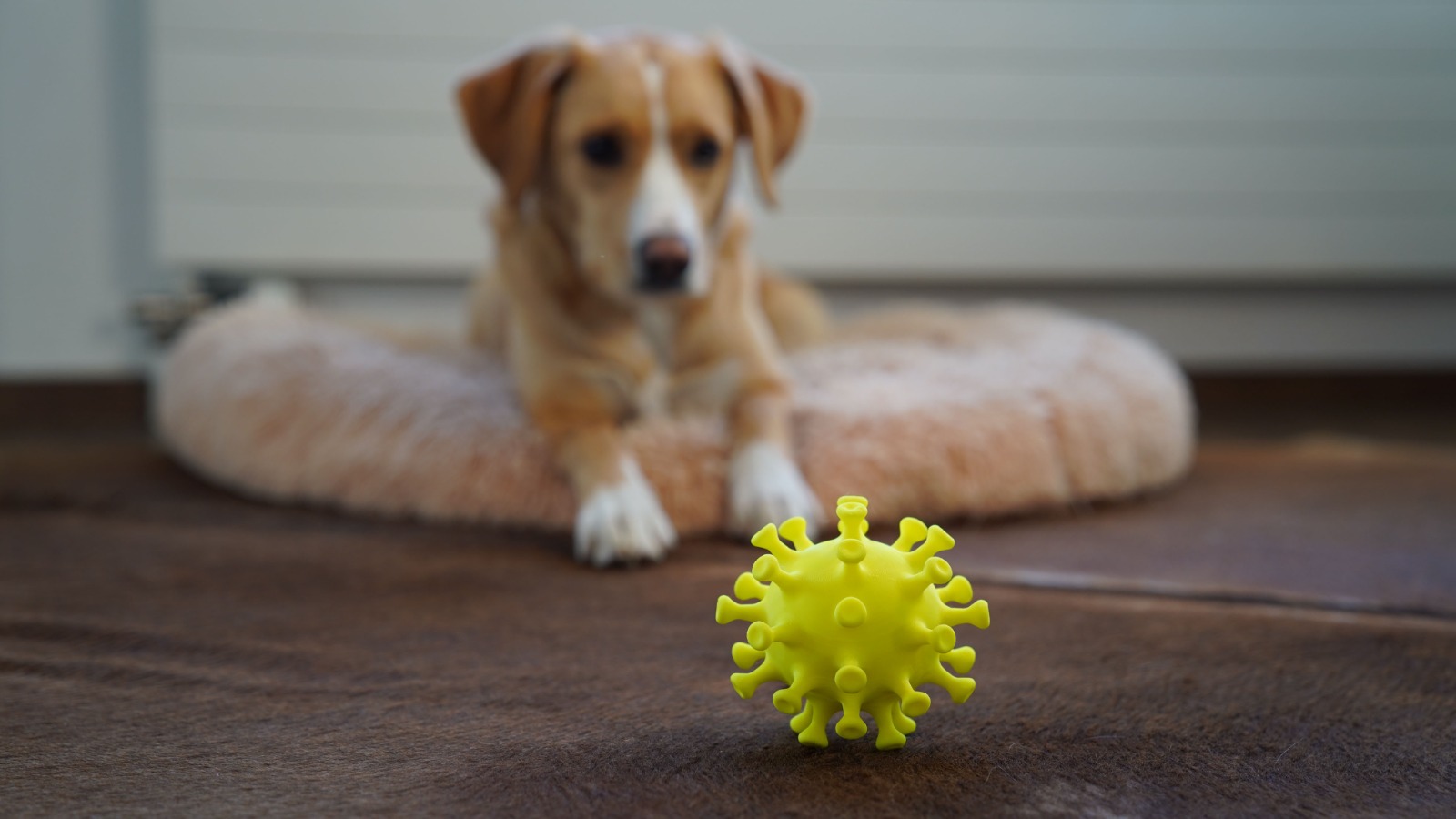
AllergiesDietary NeedsDisease ManagementGut HealthItching & AllergiesLiver HealthSkin HealthVaccines
5 Cornerstones of Immunity for your Pet
Jun 15 2023
•
6 mins
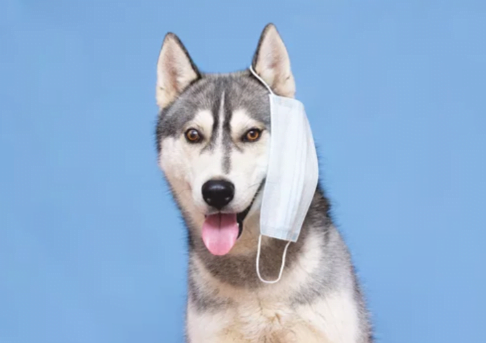
AllergiesDietary NeedsDisease ManagementGut HealthItching & AllergiesLiver HealthSkin HealthVaccines
7 Factors Affecting Immunity
Feb 27 2023
•
8 mins 30 secs
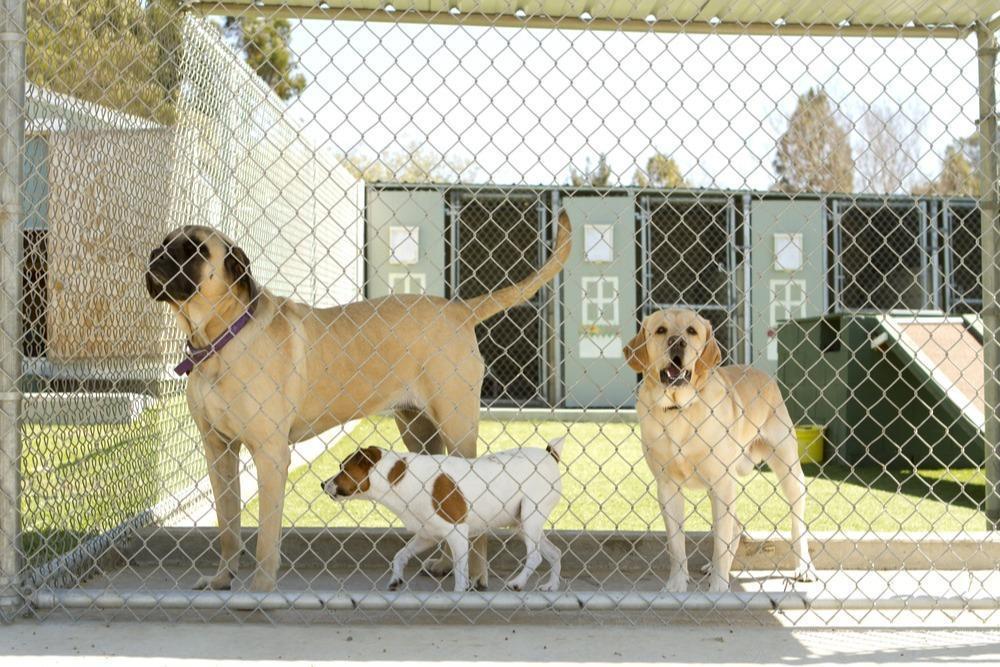
AllergiesDietary NeedsDisease ManagementGut HealthItching & AllergiesLiver HealthSkin HealthVaccines
Should I Vaccinate My Dog Against Kennel Cough?
Jul 11 2022
•
4 mins 59 secs

AllergiesDietary NeedsDisease ManagementGut HealthItching & AllergiesLiver HealthSkin HealthVaccines
Do We Need to Boost Our Pet’s Immune System?
Feb 15 2022
•
4 mins 42 secs
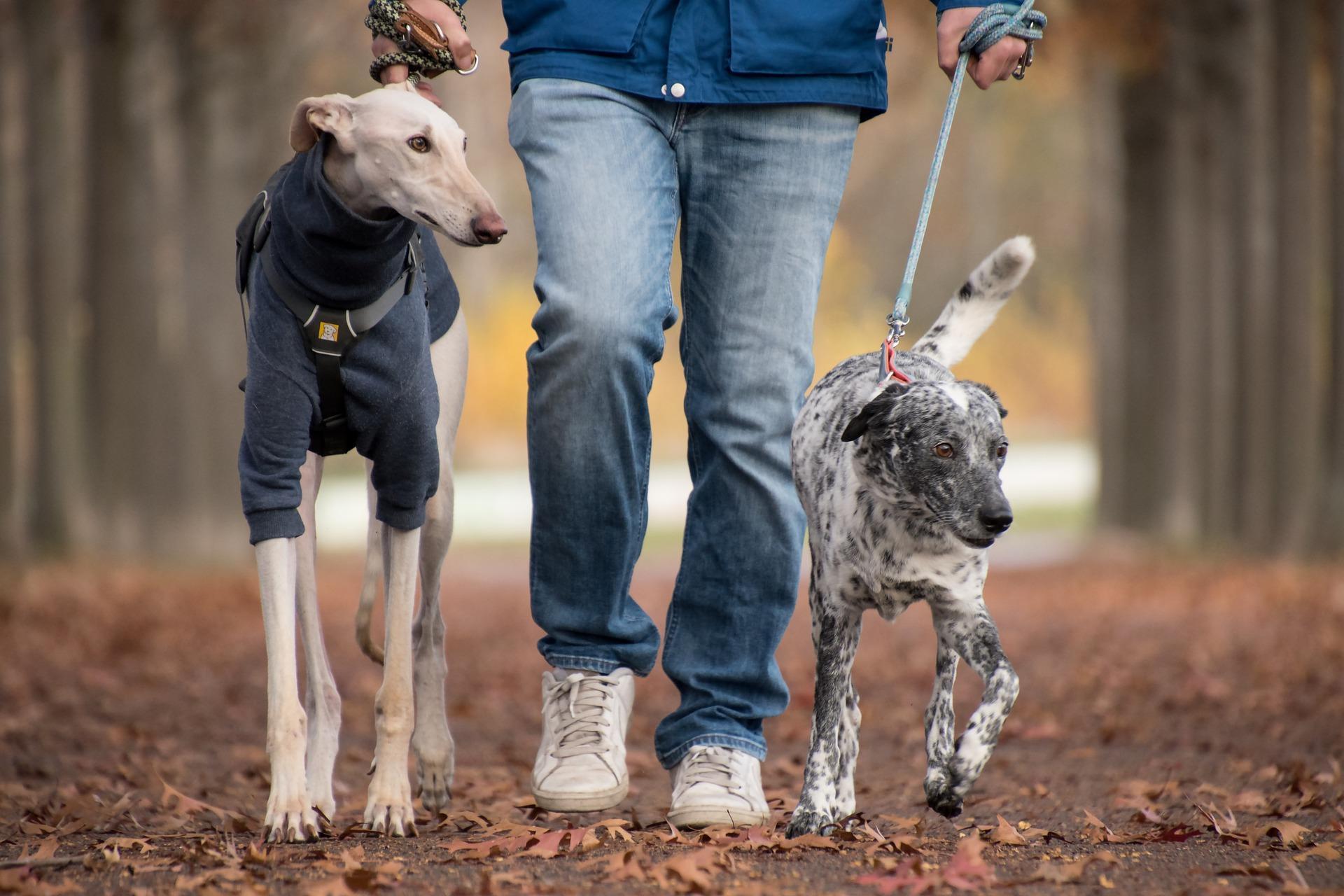
AllergiesDietary NeedsDisease ManagementGut HealthItching & AllergiesLiver HealthSkin HealthVaccines
5 Mistakes Dog Owners Often Make
Nov 01 2021
•
5 mins 9 secs
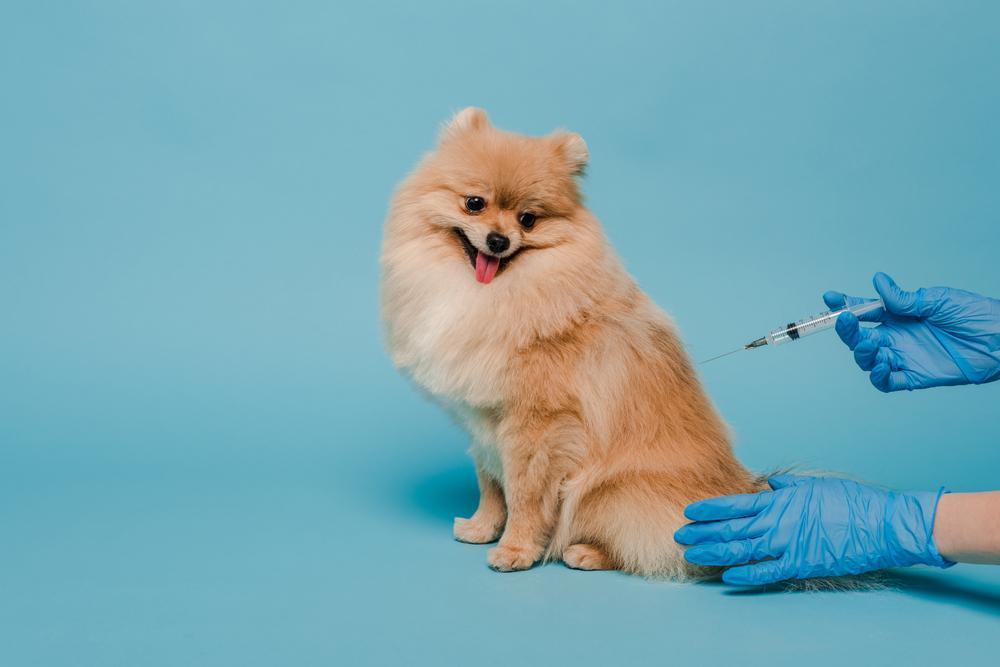
AllergiesDietary NeedsDisease ManagementGut HealthItching & AllergiesLiver HealthSkin HealthVaccines
Facts on the Leptosporosis Vaccine
Feb 01 2021
•
6 min read
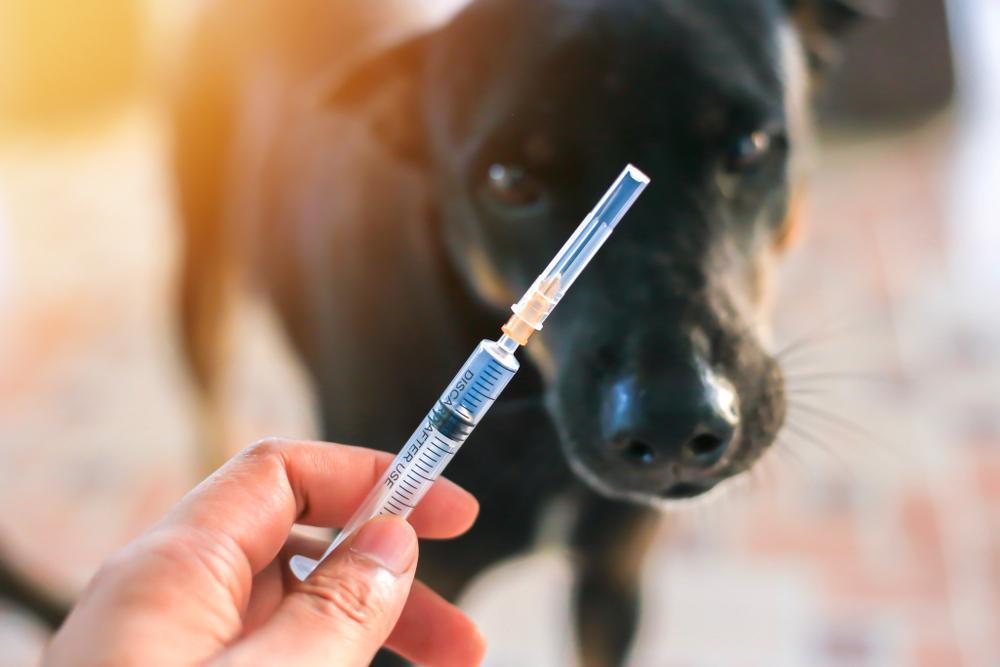
AllergiesDietary NeedsDisease ManagementGut HealthItching & AllergiesLiver HealthSkin HealthVaccines
Vaccinosis: Damage Vaccinations Can Cause Your Pet
Nov 10 2020
•
13 min read
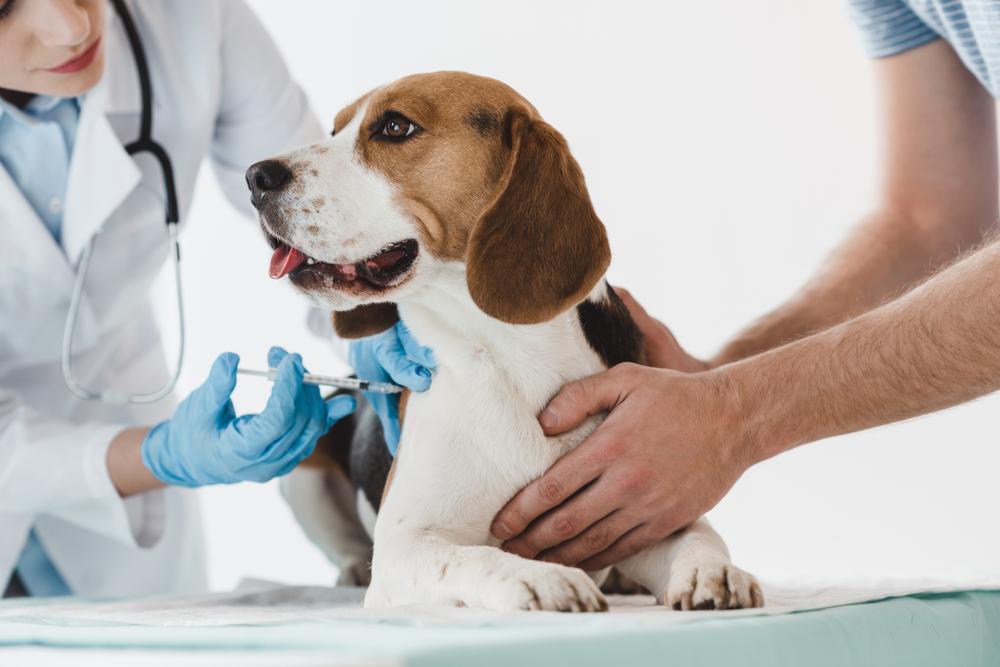
AllergiesDietary NeedsDisease ManagementGut HealthItching & AllergiesLiver HealthSkin HealthVaccines
To Lepto or not Lepto? That is the Question
Nov 09 2020
•
9 min read
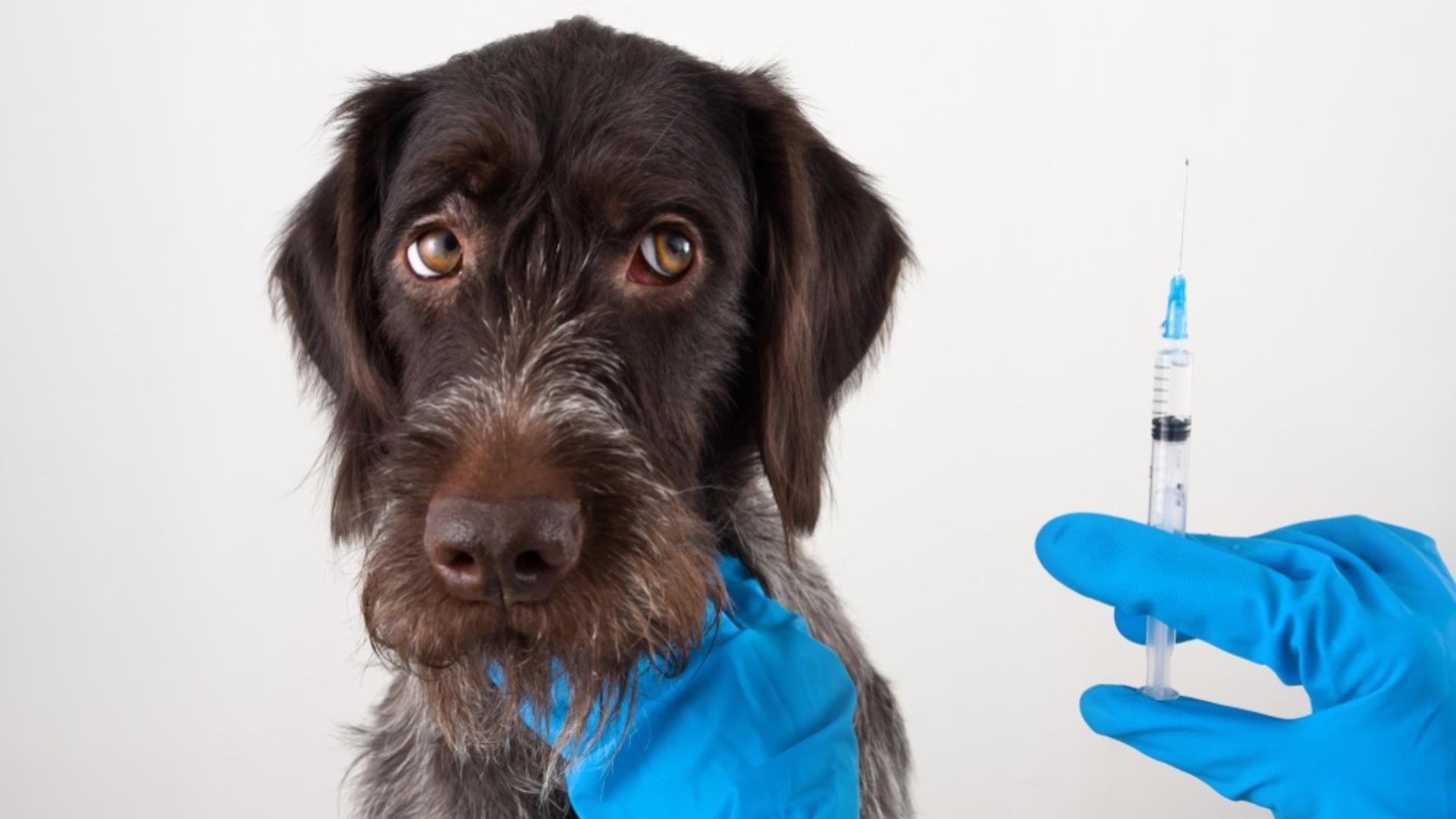
AllergiesDietary NeedsDisease ManagementGut HealthItching & AllergiesLiver HealthSkin HealthVaccines
Everything you Need to Know About Vaccinations
Apr 22 2020
•
7 min read
✕






